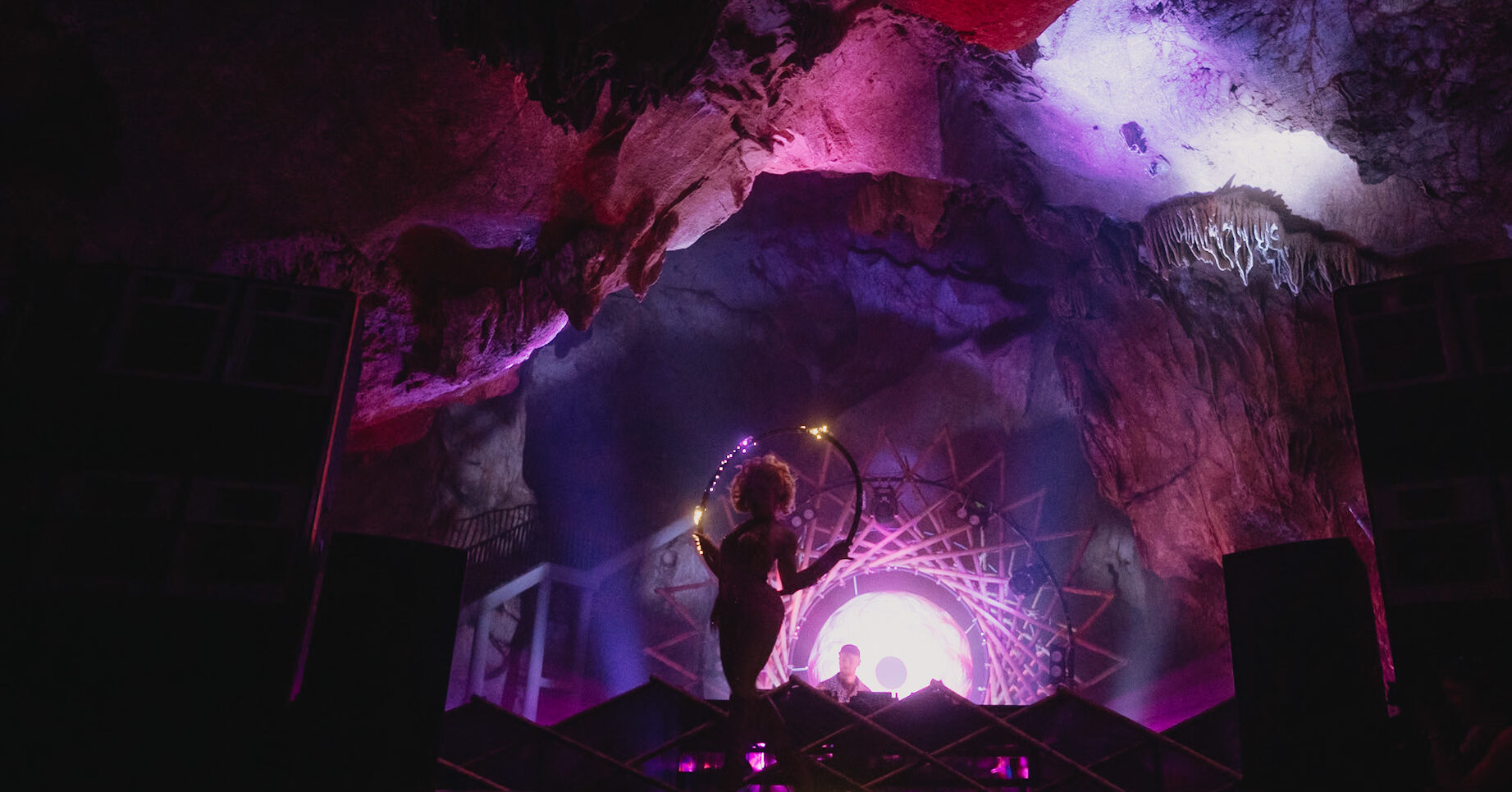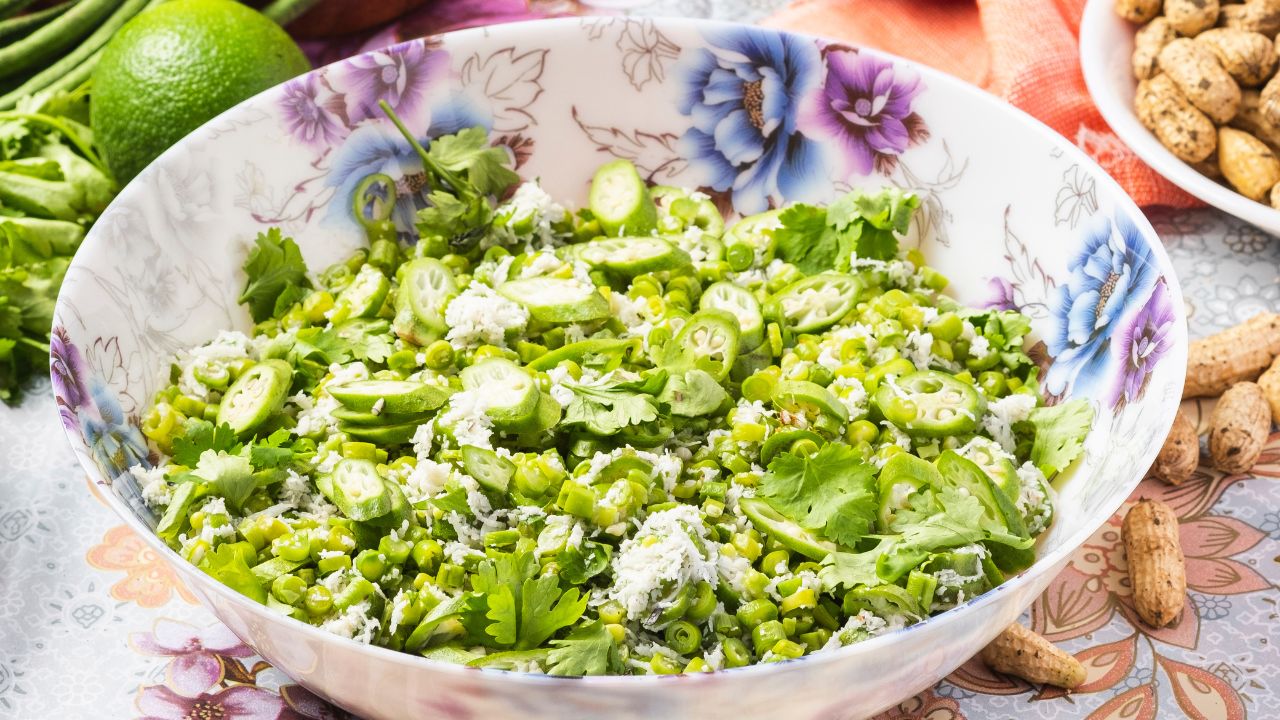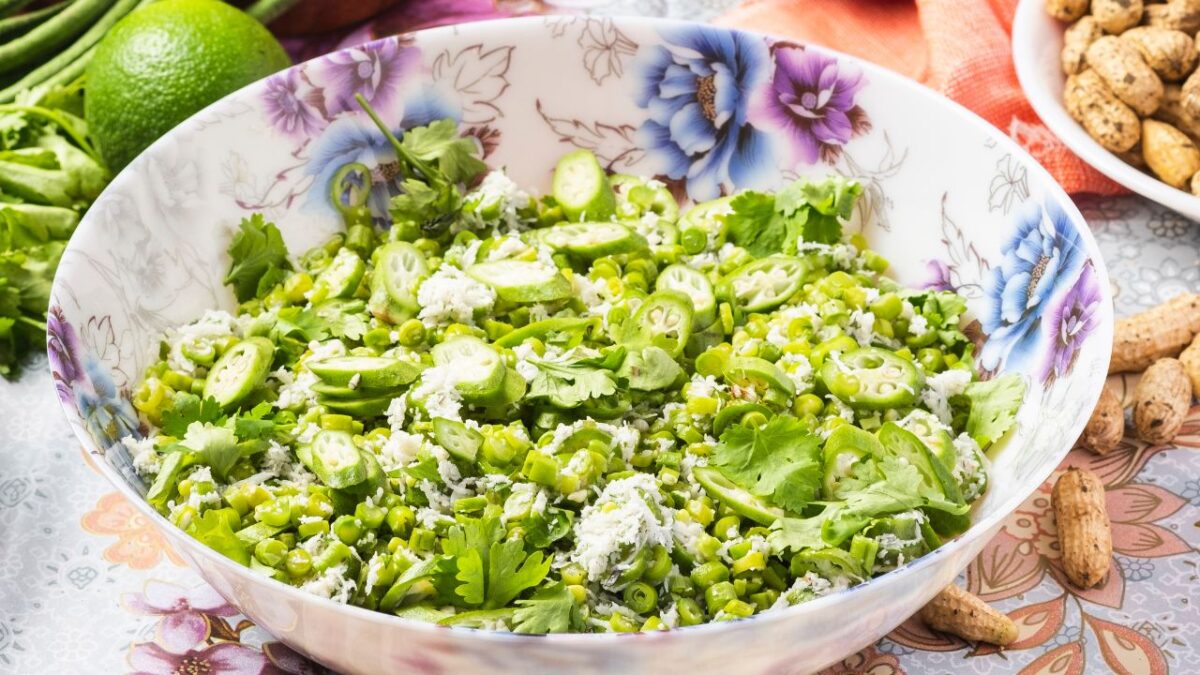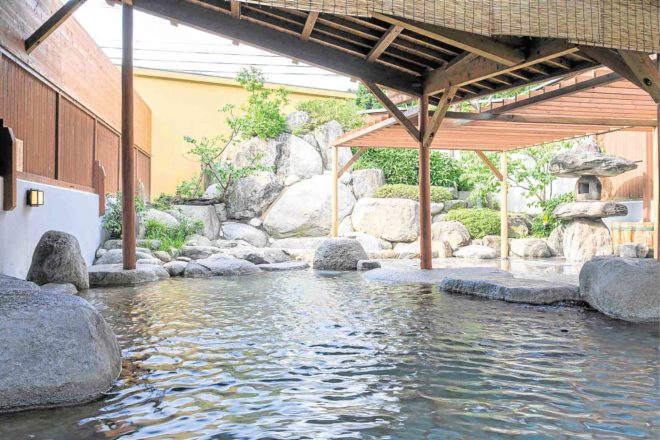

Trust the Japanese to take the concept of a hot bath very seriously, as I learned on a recent visit to Kyushu in Japan.
Far removed from the traffic and lights of big cities like Tokyo and Osaka, Kyushu is a region of broad, green plains and, like most of Japan, littered with volcanoes. Of course, when there are volcanoes, there are hot springs—apparently, some of the best that Japan can offer.
The Japanese word for hot spring is onsen, which also refers to the hotels and inns that offer such public indoor or outdoor baths with geothermally heated spring water. These could be either Western-style hotels, or ryokan, Japanese-style inns with beds on the tatami mat floor (of varying degrees of hardness!). Some stand-alone baths may even be run by the local municipality.
There’s a whole set of rules to using an onsen that guests should know, and which I got to practice on this trip, where we stayed in different onsen every night.
1) It’s okay to walk around in your bathrobe or yukata and provided slippers—it’s encouraged, in fact. At our first stop, the Yukai Resort Ureshinokan, an entire shelf near the lobby is piled with comfortable cotton yukata in various sizes, for men and women. And no, you don’t get to steal them, please.
2) Onsen are divided into men’s and women’s sections—but you have to go buck naked. Yup, no room for shyness here. In your room—at Yukai, a gorgeous Japanese-style room with a single comfy mattress on the floor—you change into your yukata, nothing else, and provided slippers, and head to the onsen carrying only a towel. You leave your yukata and keys in an anteroom before entering the main pool area. And you will look like an idiot, really, if you go in all wrapped up.
3) Note: Information states that almost 50 percent of onsen in Japan don’t allow people with tattoos to bathe. I saw a reminder of this only in the first onsen in Yukai, however. No such caveat at Hotel Seaside Shimabara in Nagasaki or the rustic Dazaifu Onsen Route Inn Grantia.

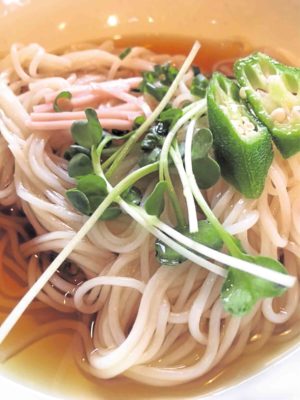
Apparently, this is still to keep out members of yakuza, criminal gangs known for their elaborate whole-body markings. Since I have six small tattoos all over my body, I asked—the lady attendants simply smiled and gestured that my tattoos were small, and thus, okay.
This seems to be a concession to the many inked, benign tourists who frequent the onsen.
Also, none of the ladies I shared the baths with paid me any mind. Ask and be sure.
4) Be ready to take the most vigorous pre-bath shower of your life—and you do it without curtains. The onsen has several counters, like in a beauty parlor, with a stool, a mirror and a table in front of you, except that there’s a handheld shower on the wall, and large bottles of shampoo, conditioner and body wash.
Most ladies bring the face towels from the hotel room, and take several minutes to wash up. When I arrived, I did the same, and was a bit apprehensive that the ladies who were there before me were still scrubbing after I was done. (Am I that dirty?) Well, you get over it, and when you’re clean as a whistle, you can take a dip. And you do not, horrors, wash your hair or soap yourself in the public bath.
5) You can sit quietly in the hot bath, where loud talking and horseplay are discouraged (which makes the onsen a pretty tranquil place, especially when there’s a lovely outdoor view, like in Shimabara).

You also have the option to move back and forth from the hot bath to the freezing cold smaller tub (it’s usually one person at a time), which is a great way to relax. Any time the hot water makes you feel dizzy, though, time to get out. Your skin will feel silky smooth— that’s the sulfur in the water, especially in Ureshino. Be sure to wash your feet before dipping back into the hot bath.
6) No pictures, please—not even selfies, as long as people are using the bath. This is common sense, and a horrible invasion of privacy. After your bath, you can shower again, or simply towel off, put on your yukata and head back to your room for a wonderful sleep.
While you’re in the area, don’t forget to try the often excellent food in these onsen. In Ureshino, it was a wonderful, silky tofu cooked in the area’s famous spring water.
There’s also Kyushu’s famed somen, very thin Japanese wheat flour noodles, wonderful either hot or cold. Then, of course, there’s the ubiquitous, fresh sushi and sashimi that make Japanese food unique.
For more information on Kyushu Tourism, visit www.japan-tour.jp/en; facebook.com/japan.kyushu.discovery; follow @japan_discovery on Instagram. Visit the Kyushu Tourism booth at the 3rd Japan Travel Festival, Oct. 7-8, 10 a.m. to 8 p.m. at SM Mall of Asia.




